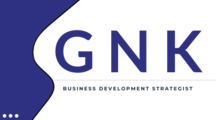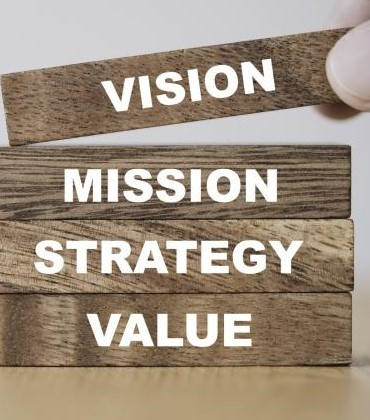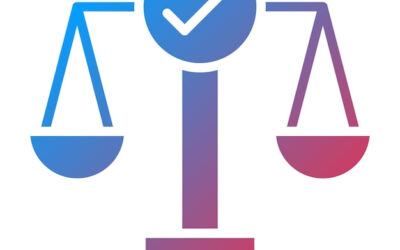If you are a small business currently participating in an enterprise supplier development program, will you ever be in the position to manage your client or is your client managing you indefinitely.
Let’s review the current economic status. Things are sluggish and everyone now wants to be a service provider to the larger entities as a means to develop a sustainable revenue source. Before the legislation was published, pushing for local investment, small businesses were not meeting the service criteria of the larger retailers and manufacturers. For many it was more than an infrastructure challenge, meeting the manufactures criteria was not part of the vision.
By their very nature most small businesses, bootstrap every day. Even though not intentional, in doing so, service is often compromised. Enterprise Supplier Development programs (ESD) have been selected as the engine to drive support and retain delivery standards. ESD programs are supposed to provide solutions, but are they?
Small business ecosystems are consistently challenged with volume delivery and consistent service. Those who manage to pivot and scale, will soon not be eligible for small business protections. What then does the future hold? Is there an option to choose to stay small, will the new enterprise partners accept this desired state or will your spot be transferable to a more accommodating business owner. If ESD supplier seats are premium spots and interchangeable every two years or so, how is this preferential procurement treatment different from tender rotations? Is this a sustainable business model?
As a small business owner, assess what the future holds, you have to be strong enough to manage your growth strategy. That lead client who is currently assisting you with regulatory compliance as part of their compliance should not be at the center of your business plan. When you enter an ESD program as a small business owner, ask for a supplier rating. This baseline is essential to assist you with momentum and direction as the ESD program becomes more demanding.
Depending on where you were positioned before entering the ESD program most business owners would review their strategy. Do simple, consistently, well, you will get noticed. Every manufacturer, mining entity and technician wants predictable suppliers. In the broader scheme of things, they do not want to think about your role in their supply chain. In short you must have a business plan that does not depend on how much business you will be allowed to access after fulfilling the ESD standard.
Technology can support you on your mission to scale, however, make sure that you know the mission.
The SMME BottomLine seeks to support small businesses with advisory services in order to support sustainability and scale in the South African Small Medium and Micro Enterprise (SMME) sector. We do this by engaging with the opportunities ‘big business’ is trying to create and mapping out the potential pathways for success. TSB offers a comprehensive compliance support service, while investigating every opportunity.
We strive to ignite the passion of our business owners to re-invent themselves, while identifying tangible revenue drivers towards a stronger
bottom line.
The SMME BottomLine seeks to support small businesses with advisory services in order to support sustainability and scale in the South African Small Medium and Micro Enterprise (SMME) sector. We do this by engaging with the opportunities ‘big business’ is trying to create and mapping out the potential pathways for success. TSB offers a comprehensive compliance support service, while investigating every opportunity.
We strive to ignite the passion of our business owners to re-invent themselves, while identifying tangible revenue drivers towards a stronger
bottom line.
Head of Advisory: The SMME BottomLine, Grace Kironde – Mohlomi, info@gnk-consulting.co.za







